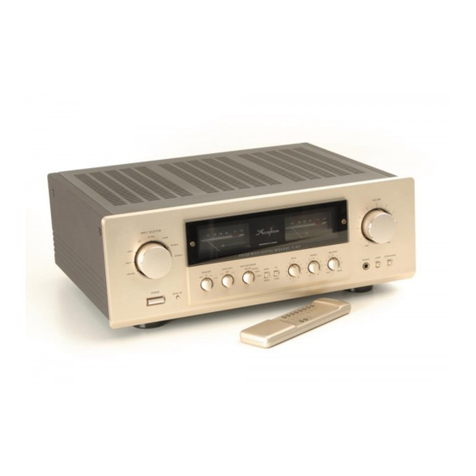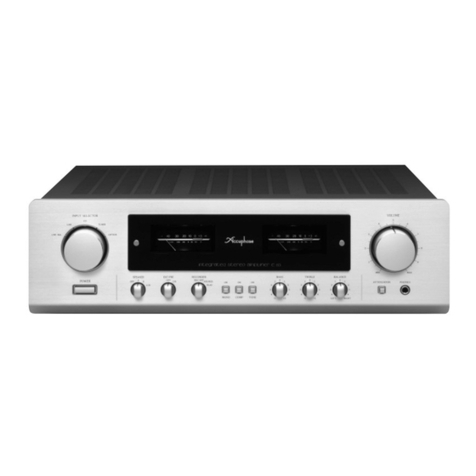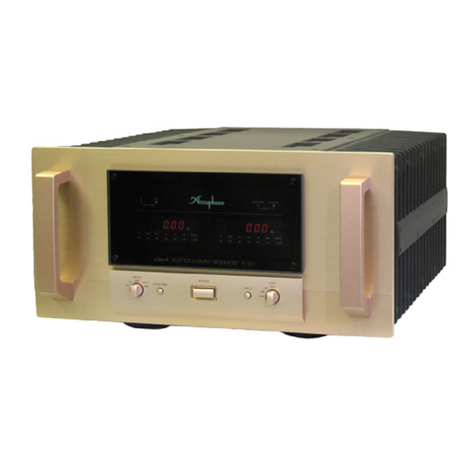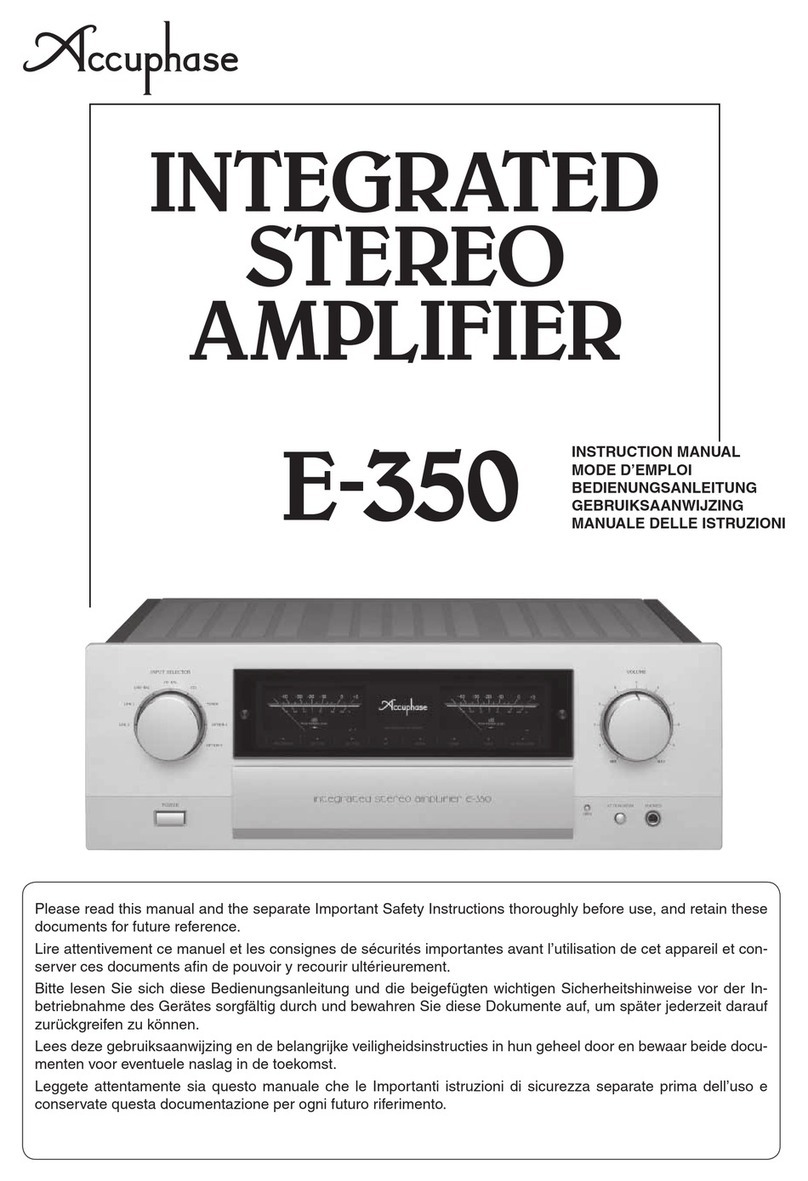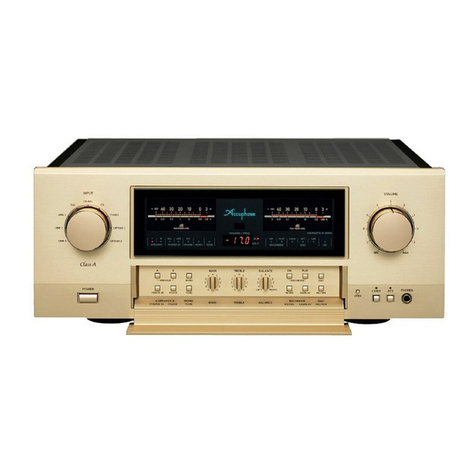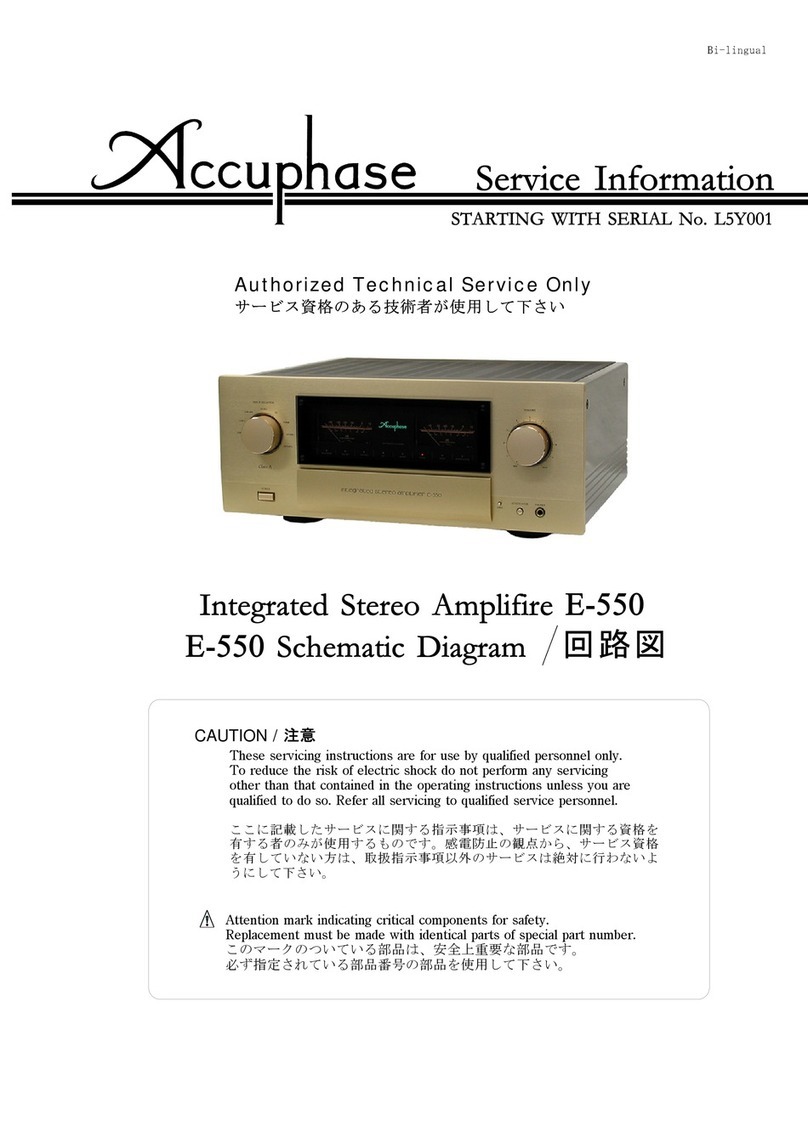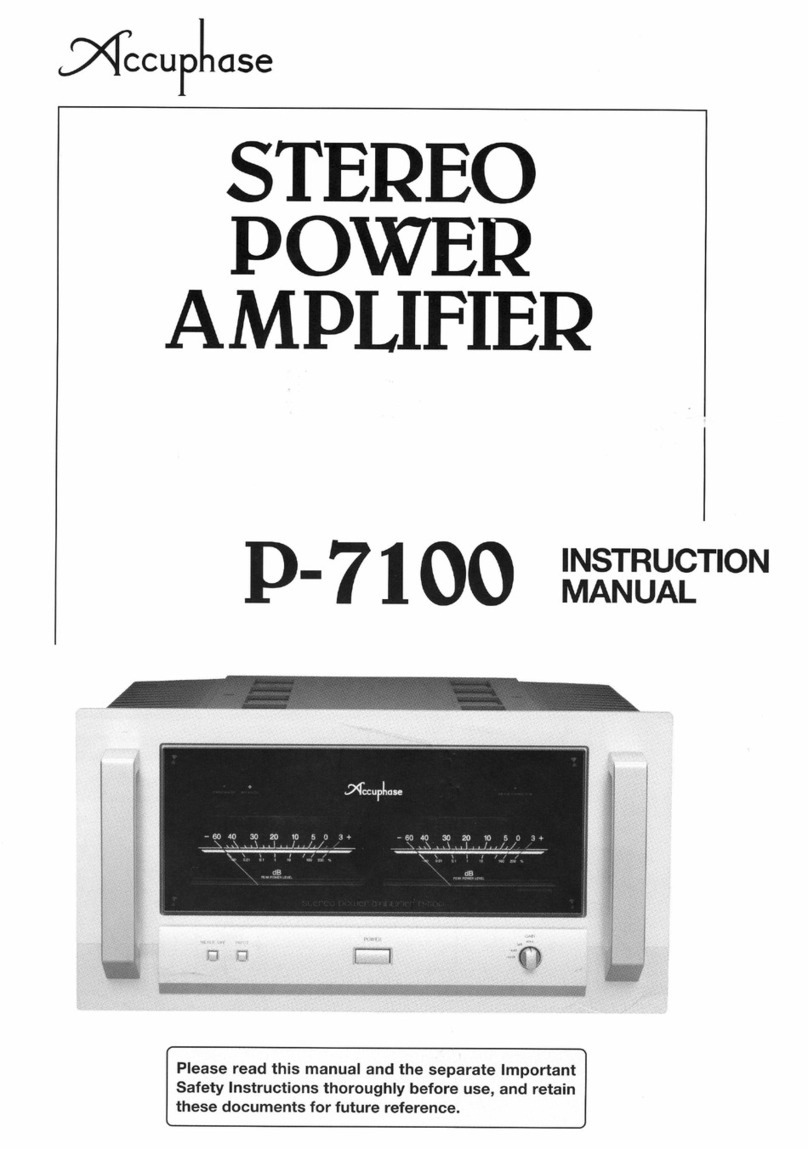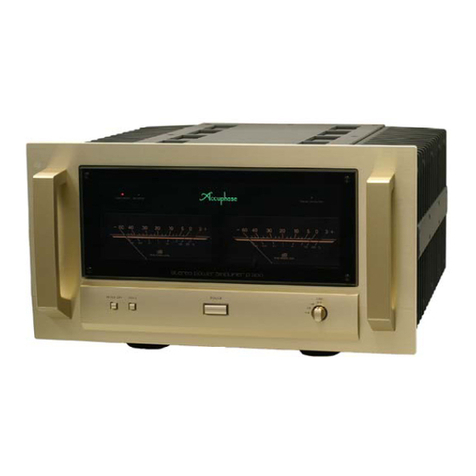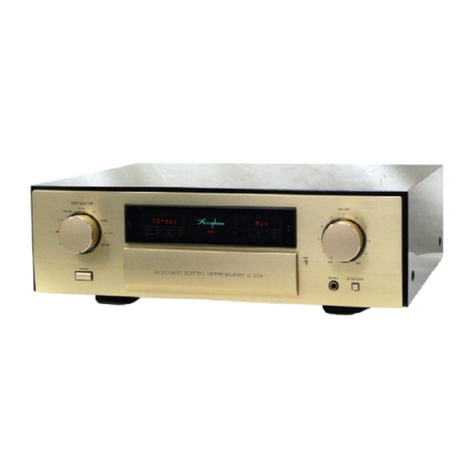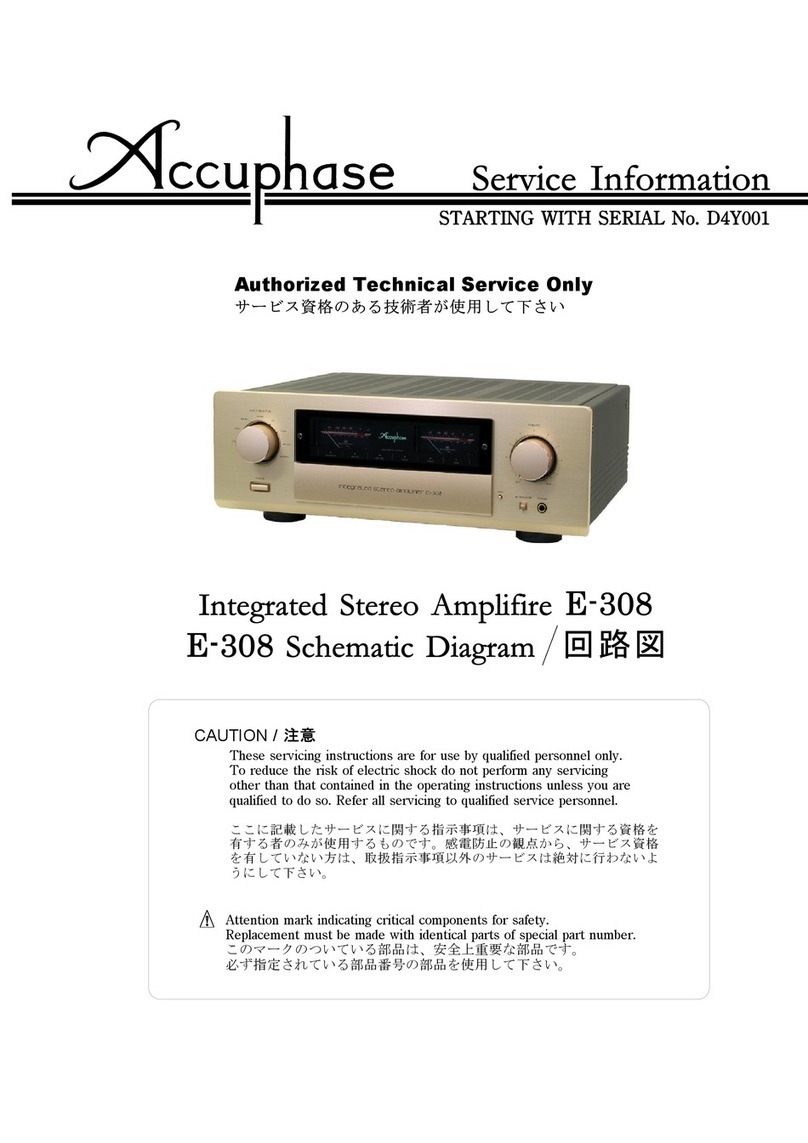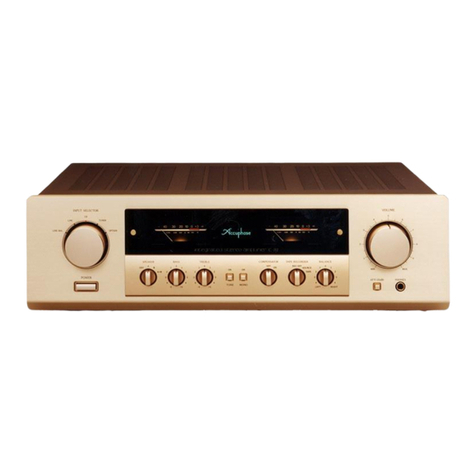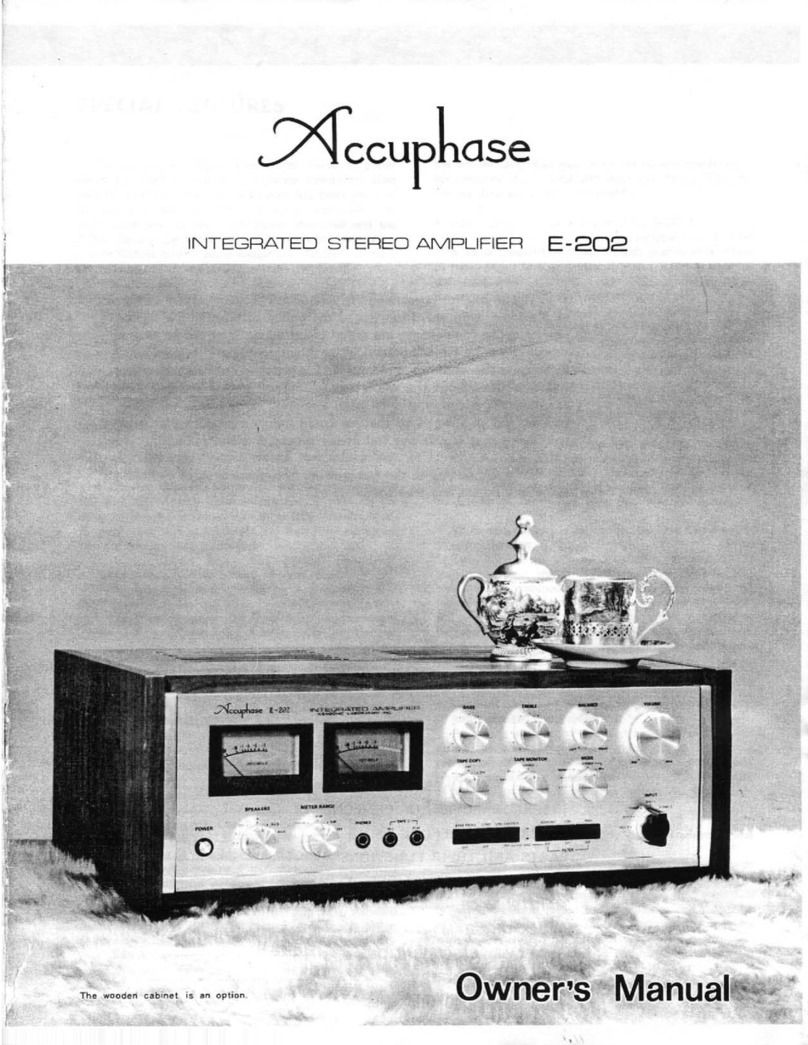(*.-
)++-"!).-*.-
'
'
)+).-*.-
'
'
'
&Ω
&Ω
&Ω
(*.-
%'*"!( "
"(,%-%/%-1
(*.-
+-%)-+-"!).-*.-
!
!
!
!
!
!
(*.-,$)+-"!0"%#$-%(#
+
○
−
○
+
○
−
○
&$%/(+0!.,"'"-
○
+
○
−
○
+
○
−
"#/(+0!.,"'"-
+
−
+
−
+
−
+
−
E-460
*(*3",/43043
#'%
;7:62?*1:
"+'
;7:62?*1:
=1:0#>7-+655-+:68
;7:62?*1:
(
(
! "
! "
864 !$#
LOW
RIGHT LEFT
HIGH
LOW HIGH
LEFT RIGHT
7:165*6)8,
159:)33):165936:9
8-9915/:019*;::65
67-59:0-9;*7)5-3
■*'&,(&$
■*(&$
),+=/.98>2/!">/=>=>+8.+<.*
●,'&,#&-'-+.*!-,(-,'/*
,9>2-2+88/6=9:/<+>381=37?6>+8/9?=6B+>C
&-292769+.
&-292769+.
&-292769+.
●',$*%'&##+,'*,#'&
,9>2-2+88/6=9:/<+>381=37?6>+8/9?=6B+>C
>992769+.
●#+,'*,#'&9<6/==
●
*)-&1"*,*#+,#+
$# &! $#
C .09<<+>/.-98>38?9?=+@/<+1/9?>:?>
3C .09<A+>>9?>:?>
●%(#&!,'*A3>292769+.C
●&(-,&+#,#.#,1&(-,%(&
●-,(-,'$,!-,(-,%(&
!$# $#%927+><+>/.-98>38?9?=+@/<+1/9?>:?>
●#& $#→ !$# $#.
&! $# →$# $#: 28dB
●'&'&,*'$+$@=9:A0=1=0<@09.D,9/,/5@>?809?=,920
## E G/E
$" 6E G/6E
●
*0!)"..*(+")./&*)
/E
●//")0/*--/
●&$)'/**&."/&*
●*2"-"1"'"/"-.
:2,=4?384..:8;=0>>4:9;0,6=0,/49280?0=( @?;@?/>.,70)
●*!(+"!) ":38>
●/"-"*"!+%*)".#@4?,-7048;0/,9.0:38>:=,-:A0
●*2"-*0- "
&&E
&:7?,20,>49/4.,?0/:9=0,=;,907
●*2"-*).0(+/&*)B,??>4/70
B,??>49,..:=/,9.0B4?3
●3&(0(&(").&*).'4/?388 F
0423?88 F
0;?388F
●..627->90?
627->49>34;;492.,=?:9
0-)/""!%- /"-&./& .
9;@?>070.?:=
@9.?4:949/4.,?:=>
&:7@8070A0749/4.,?4:9
&:7@80.:9?=:7
!:B0=>B4?.3
@9.?4:9-@??:9>
#;0,60=>070.?:=>
"0.:=/492>070.?:= !)
!=0,8;74140=;:B0=,8;74140=>0;,=,?:=($
"#"4-?1?181/@;>
-??/;:@>;8
%>1.81/;:@>;8
-8-:/1/;:@>;8
A:/@5;:.A@@;:?
%;:1/;:@>;8! !1@1>;<1>-@5;:! !
! !$%#!?181/@;>';8A9181B1805?<8-E
! !;A0:1??/;9<1:?-@;>?181/@;>
@@1:A-@;>.A@@;:
1-0<4;:16-/7
5:15:<A@?A:.-8-:/10
%& #
#1/;>01>5:<A@?-:0;A@<A@?
">1-9<85251>;A@<A@?
";C1>-9<85251>5:<A@?
12@>534@?<1-71>;A@<A@@1>95:-8?
5:<A@.-8-:/10
-:.1?C5@/410C5@4<4-?1?181/@;>
.A@@;:
<;C1>/;::1/@;>
&$&/')+0/*-!
)'*$&. )+0/*-!
&)")+0/*-!
+/&*)*-!.
%45?;<@5;:.;->0<>;B501?-:-005@5;:-8?1@;2
A:.-8-:/1085:15:<A@?
%41?1.;->0?21-@A>1-4534<1>2;>9-:/1$A8@5<8118@-
$539-@E<1 /;:B1>@1>%41&$<;>@;2@41
-88;C?/;::1/@5;:@;-/;9<A@1>C5@4-0;C:8;-0109A?5/85.>->E
2;><8-E.-/7;24534>1?;8A@5;:0-@-C5@4;<@59A9?;A:0=A-85@E
MM
%45?.;->0?1>B1?2;><8-E.-/7;2-:-8;3>1/;>0?@
/;:@-5:?-4534<1>2;>9-:/145343-5:<4;:;1=A-85F1>
●
?C5@/45:35?<;??5.81;:@412>;:@<-:18;2@41
●
:@1>:-8"?C5@/41?/;:@>;85:<A@59<10-:/1-:0
?A.?;:5/258@1>;:;22
●
:<A@?2;>/;-D5-8-:0;<@5/-825.1>/;::1/@5;:?C5@4?A<<;>@
2;>A<@;7F?-9<85:32>1=A1:/E.5@>1?;8A@5;:
●
:<A@?2;>/;-D5-825.1>/;::1/@5;:?C5@4?A<<;>@2;>A<@;
7F?-9<85:32>1=A1:/E.5@>1?;8A@5;: -:0
<=A60. 936/2?.;1'%&F=20< ;;20A6< ;@D 6A5@B==< ?A
3< ?B=A<8 G@.: =96;43?2>B2;0F /6A?2@< 9BA6<;
MC
.6; 1
;=BA6: =21.;028 69<5: @
+**#!0'+*#4),(#$+. '),'*%/#01,
; . /6.: =21 @2AB=A52 @=2.8 2? B;6A@ 3< ? A52 " )
3?2>B2;0F ?.;42.;13?2>B2;0F ?.;42.?21?6C2;
/F @2=.?.A2.: =96362?@3< ?2C2;/2AA2?@< B;1>B.96AF
*
&52@=2.82?@: B@A5.C2.
/B69A6;0?< @@< C2?;2AD<?8
.;1 @2=.?.A2 6;=BA@ 3< ?
" ).;1?.;42
*
&52 2E.: =92 @5< D @ .
@2AB=D 6A5.;.116A6< ;.9
.: =96362? 3< ? A52 5645
3?2>B2;0F?.;42
●
&52 =?< C612@ AD<
@9<A@ 3< ? < =A6<;/<.?1@<;
A52?2.?=.;29
●
"=A6< ;/< .?1@0.;/2B@21
A< 6:=92: 2;A16?2 0A0<;
;20A6<;<31646A.9@64;.9@3< ?
5645>B.96AF : B@60 =9. F
/.08 < ?A<6:=92: 2;A5645
>B.96AF=9.F /.08 < 3 .;.9<4
?2 0< ?1 @
●
A6@ =< @@6/92 A<6;@A.99AD<
612;A60. 9/<.?1@6; A52
@9<A@
.6; 1
;=BA6: =21.;02< 5: @@2920A./92
#6;#6;
■
1,,('#"!!#//+.'#/
●&52@=206360. A6< ;@.;1.==2.?.;02< 3A56@=?< 1B0A.?2@B/720AA< 05.;42D 6A5< BA;< A602
+ #$!&!#! ()
●
,+3#.!+."
●#)+0#!+))*"#.
#< D 2?.: =96362?#< ?@6:69.?
&<!#'&
=9.F 2?
;.9< 4< BA=B A
#5< A< @5< D @.;2E.: =923< ?
<=A6< ;/< .?16;@A.99.A6<;
